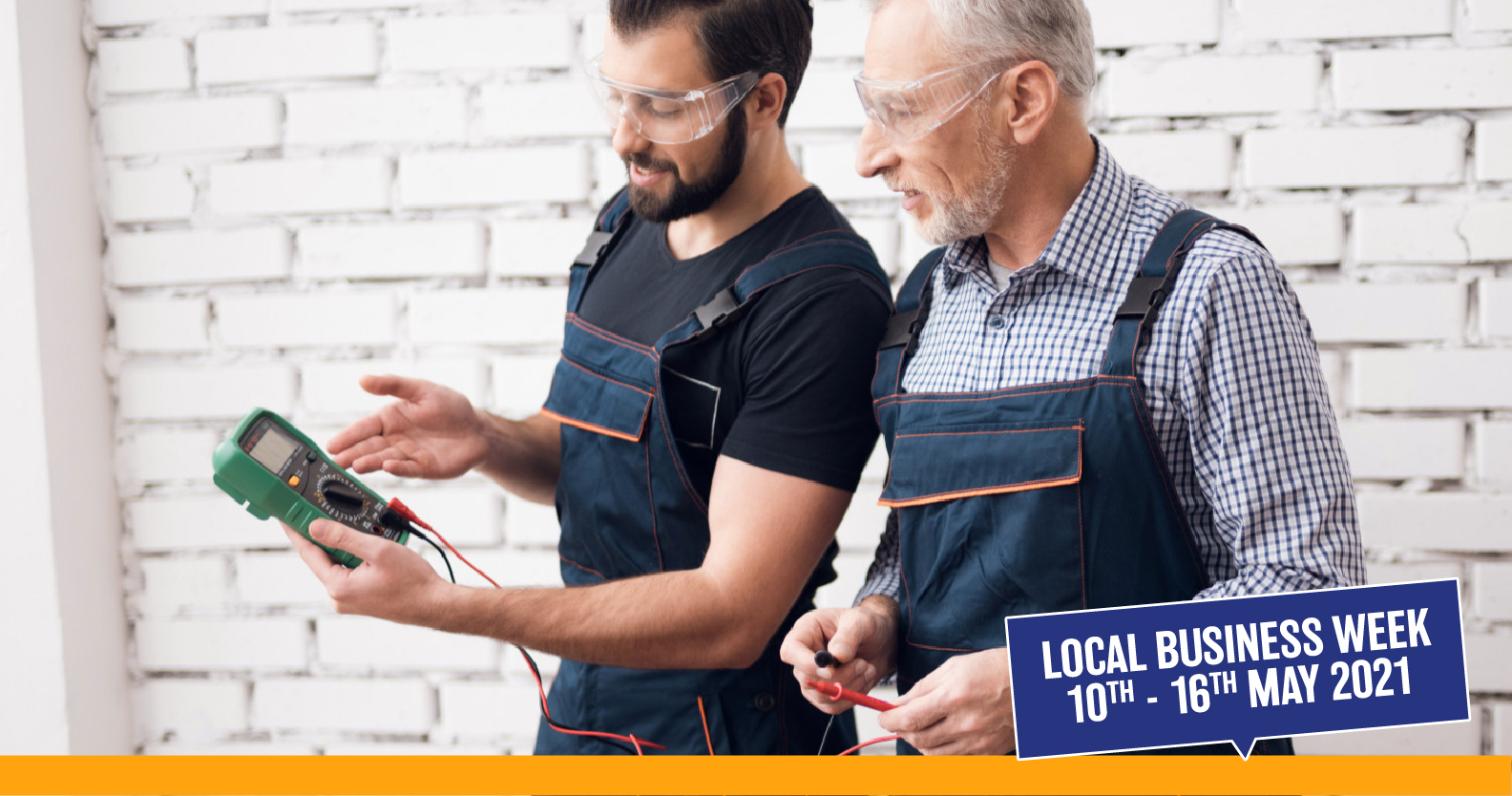First off, let’s start with ‘what is Calibration’ – well, the short answer is that it’s a comparison of the instrument being tested to a reference standard. That standard is set by a ‘calibrator’ itself which is an instrument with a much higher accuracy. That calibrator must also be calibrated… should we go on?
There are generally 3 different types of calibration available in the UK:
Class 1 Certificate. ( A Traceable Certificate)
SK Compliance (and it’s subsidiary PAT Test UK) are based in Gainsborough, and have a specialist Calibration department. Our lab offers a certificate which is traceable to national standards, commonly known as a Class 1 Certificate.
This is suitable for most electrical / electronic and mechanic engineering businesses.
Certificate Of Conformity
This is another type of certificate we issue normally only on a customer’s request. It consists of a single sheet showing the instrument has been tested to a specification but does not show any test results.
UKAS Certificate
The highest level of certificate is the UKAS Certificate. These can only be issued by laboratories that have themselves been assessed by UKAS and awarded certification to use the UKAS logo on the calibration certificate. UKAS certificates are normally requested by calibration labs themselves for their calibration standards, or companies where instruments must be tested to the highest standards. We can provide this service if required.
So, why should we calibrate? Well, there a number of reasons to have your equipment calibrated on a regular basis:
- Accuracy of an instrument can drift over time, regardless of the cost or quality of the instrument.
- Compliance with certification bodies such as ISO 9001:2015. Auditors insist on test equipment being calibrated and will need to see evidence of this.
- Safety. An instrument reading incorrectly can be a serious safety issue.
- Impact on the quality of products manufactured.
- Financial costs. Measurement errors can lead to waisted material.
Once an instrument is calibrated, you will receive a fully traceable certificate with information including the details of the equipment used to perform the calibration, the test results and the tolerances tested to. That traceability is what gives calibration its integrity.
And how often should it be done?
There’s no hard and fast answer, but most manufacturers recommend a calibration interval of one year, particularly for handheld type instruments which tend to get used under rougher conditions than a static piece of equipment. If the accuracy of an instrument is called into question, for example if it’s dropped or suffers some damage, please do ask for additional advice. Our lab is able to carry out minor repairs and, if necessary arrange for replacement items.

If you have any further questions, or wish to discuss the calibration of specific instruments, please contact John on 01427 678660 (option 5), email calibration@pattestuk.com or visit the lab at Unit 2, The Tillbridge Centre, Bob Rainsforth Way, Corringham Road, Gainsborough DN21 1FT.

